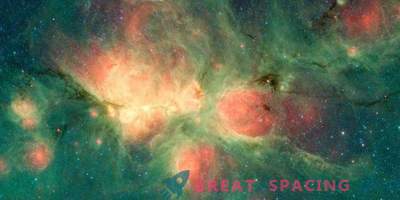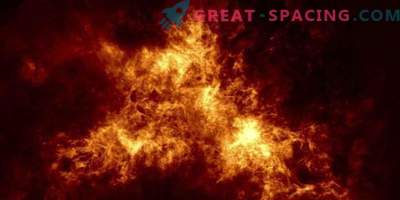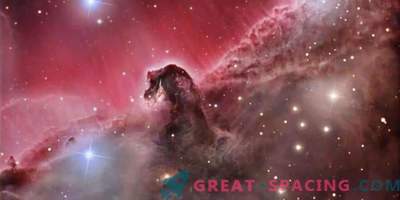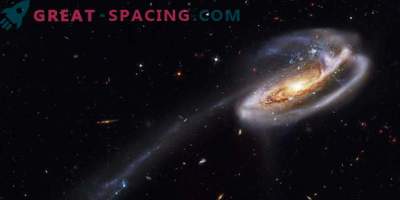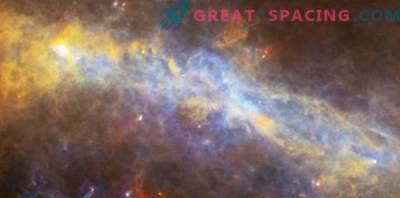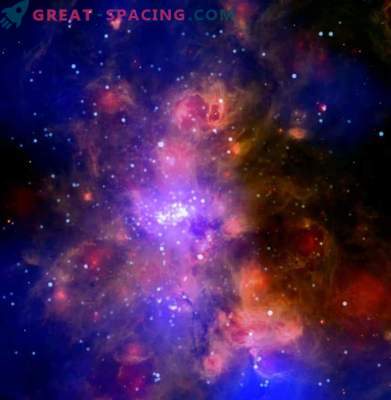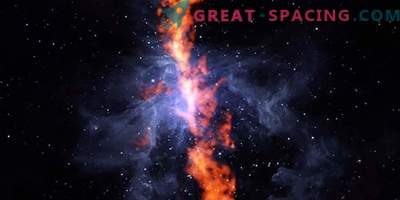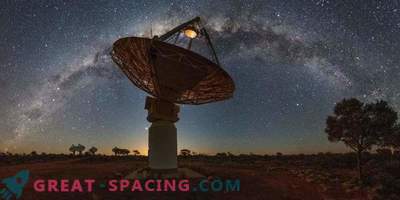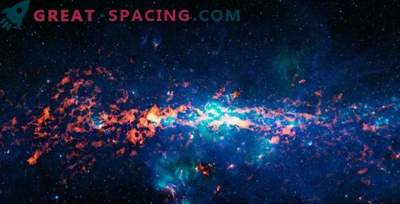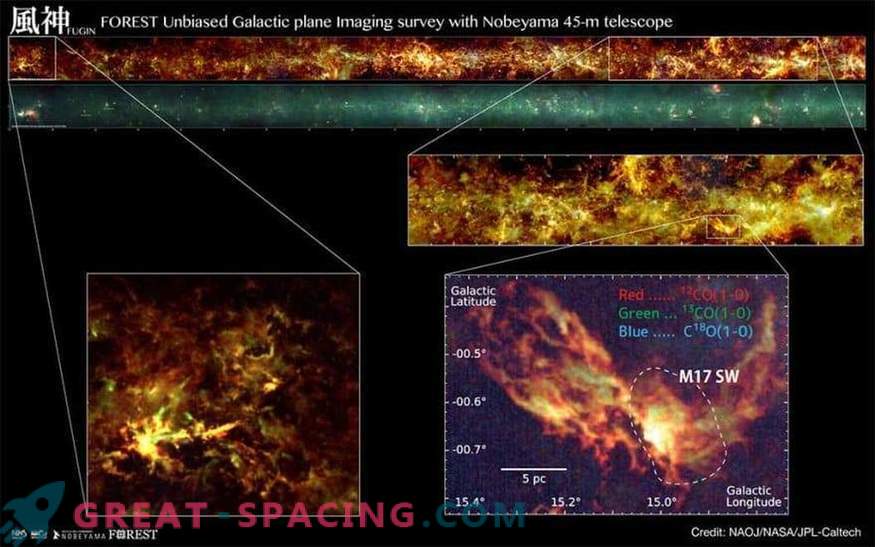
The Milky Way radio map from the FUGIN project. Above: red (12CO), green (13CO) and blue (C18O) colors reflect the intensity of radio signals. Second line: IR image of the same area from the Spitzer space telescope (24 µm, 8 µm and 5.8 µm). Upper inset: the three-color radio card of the Milky Way (l = 12-22 degrees). Lower left inset: an increase in the area W51. Lower right inset: the increase in the area M17
Scientists used the Nodeyama 45-meter radio telescope to conduct a large-scale survey of the invisible sections of the Milky Way.
If you have a perfect dark sky, you can watch your home galaxy without using tools. Take a picture and you will notice some dark spots with fewer stars. These gas and dust areas block the light of background stars.
The researchers conducted a review in 2014-2017 to create the most detailed radio map of our galaxy. The team covered an area of 520 full moons, which is three times more than the previous maps. The new version will allow to study the structure of the interstellar medium. The excellent spatial resolution of the telescope helped to find a lot of filamentary structures that did not appear so clearly on the early maps.
This radio card will serve as a fundamental set of information for future research. The Milky Way - a collection of a huge number of stars. Riddles remain dark areas. Gas at such sites does not manifest itself in visible light, but is observed in radio waves. A large telescope has a good spatial resolution, but it covers only a small part of the sky. On the other hand, a small device covers a wide area, but does not capture details. The previous information did not allow studying the evolution of a molecular gas — the material for stellar birth. To understand where and how this process is carried out, it was necessary to combine a wide coverage and high spatial resolution.
This issue was decided to take on the FUGIN project. A new FOREST receiver was installed on the Nobeyam telescope, which increases the observation efficiency by 10 times. 1100 hours were spent on the survey (2014-2017), and the studied areas occupied 130 square degrees. The telescope obtained data for three different types of isotopes of carbon monoxide molecules (12CO, 13CO and C18O), which helped to learn information about the temperature and density of the gas.
The analysis revealed previously indistinguishable giant molecular strands. Many of them are seen near areas of starry birth, such as the M17 and W51. These structures contain the secrets of the compression of the molecular cloud that forms the stars. Radio card will be released in June 2018.
